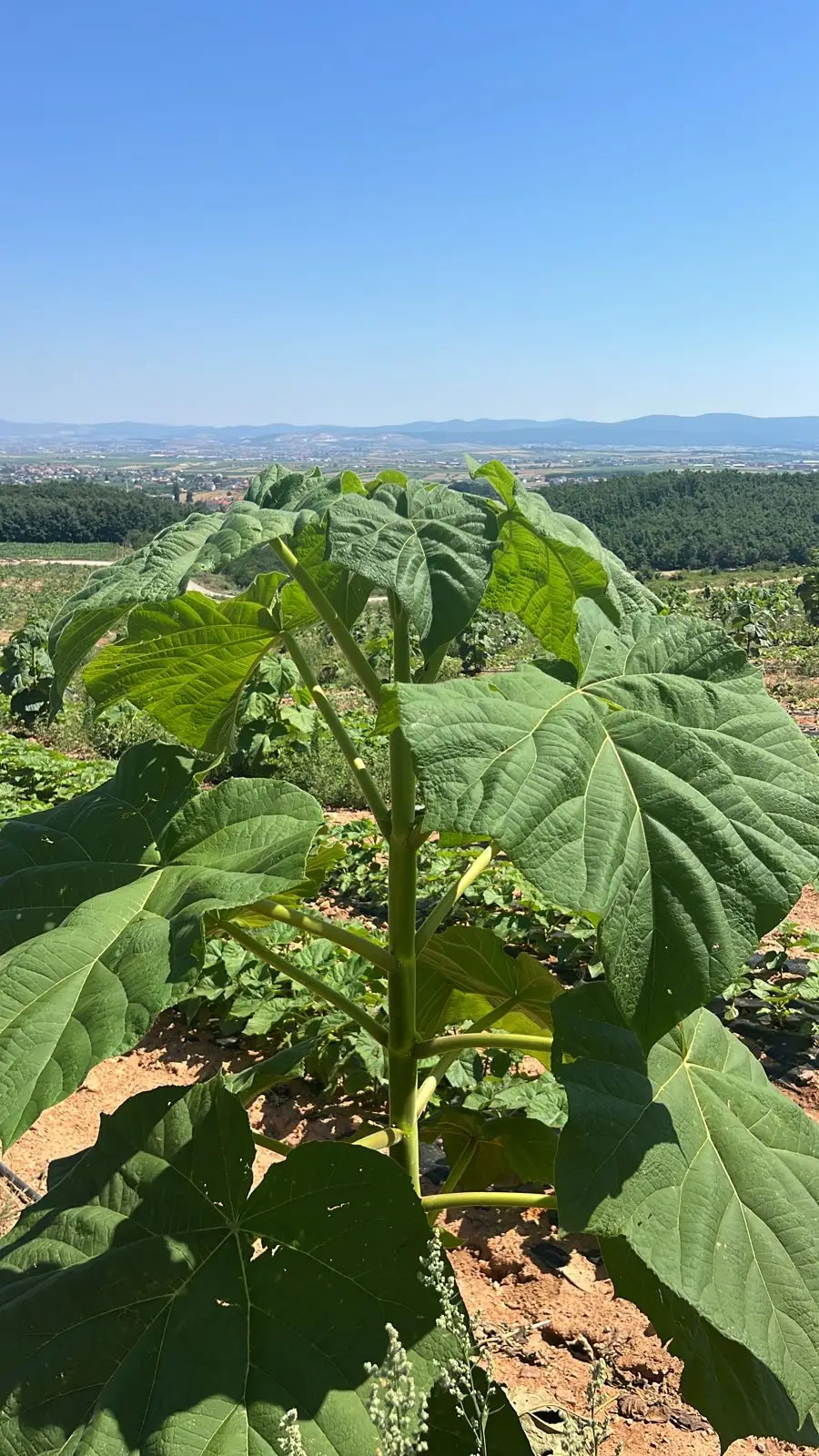Kiri Trees: Nature’s Climate Warriors
The Kiri tree, or Paulownia tomentosa, is rapidly gaining recognition as a potent ally in the fight against climate change. Known for its extraordinary growth rate and unparalleled carbon absorption capabilities, the Kiri tree stands out as a symbol of hope in our reforestation and afforestation initiatives. At STW Solution, we are leveraging the unique properties of these remarkable trees to make significant strides in environmental restoration and carbon sequestration. In this blog post, we explore the myriad benefits of Kiri trees, delve into the science behind their cultivation, and highlight the transformative impact of our Kiri tree projects.
Unique Properties of Kiri Trees
Kiri trees are renowned for their rapid growth, often reaching heights of 10-20 feet within their first year. This incredible growth rate is accompanied by a robust root system that not only stabilizes soil but also enhances its fertility by fixing nitrogen. Additionally, Kiri trees have large, broad leaves that excel at absorbing carbon dioxide, making them one of the most effective trees for carbon sequestration. Their ability to thrive in a variety of soil conditions and withstand drought further underscores their resilience and adaptability.
Environmental Benefits
The environmental benefits of Kiri trees are manifold. Their rapid growth and high carbon absorption rates make them exceptional at capturing and storing carbon dioxide from the atmosphere, significantly mitigating the effects of climate change. The extensive root systems of Kiri trees prevent soil erosion, improve water retention, and promote soil health by adding organic matter and nutrients. Furthermore, their large leaves provide ample shade, reducing ground temperatures and creating a more hospitable environment for understory vegetation. These combined effects enhance biodiversity and contribute to healthier, more resilient ecosystems.
Supporting Our Mission
At STW Solution, Kiri trees are a cornerstone of our reforestation and afforestation efforts. We cultivate these trees in areas that have been deforested or degraded, aiming to restore ecological balance and enhance carbon sequestration. By integrating Kiri trees into our projects, we not only combat climate change but also provide economic opportunities for local communities. The fast-growing nature of Kiri trees means that they can quickly provide timber and other resources, offering a sustainable source of income for farmers and landowners.
Far-Reaching Impacts
Our Kiri tree projects are already yielding impressive results. In regions where we have introduced Kiri trees, we have observed significant improvements in soil quality, biodiversity, and local climate conditions. The economic benefits are equally noteworthy, as communities engage in the cultivation and maintenance of Kiri trees, generating income and fostering a sense of environmental stewardship. By prioritizing Kiri tree cultivation, we are creating a model for sustainable development that can be replicated globally, showcasing the profound potential of these nature’s climate warriors.
In conclusion, the Kiri tree represents a powerful tool in our arsenal against climate change and environmental degradation. At STW Solution, we are committed to harnessing the full potential of these trees to restore ecosystems, sequester carbon, and support sustainable livelihoods. Join us in our mission to leverage the extraordinary capabilities of Kiri trees and drive meaningful change for our planet.

